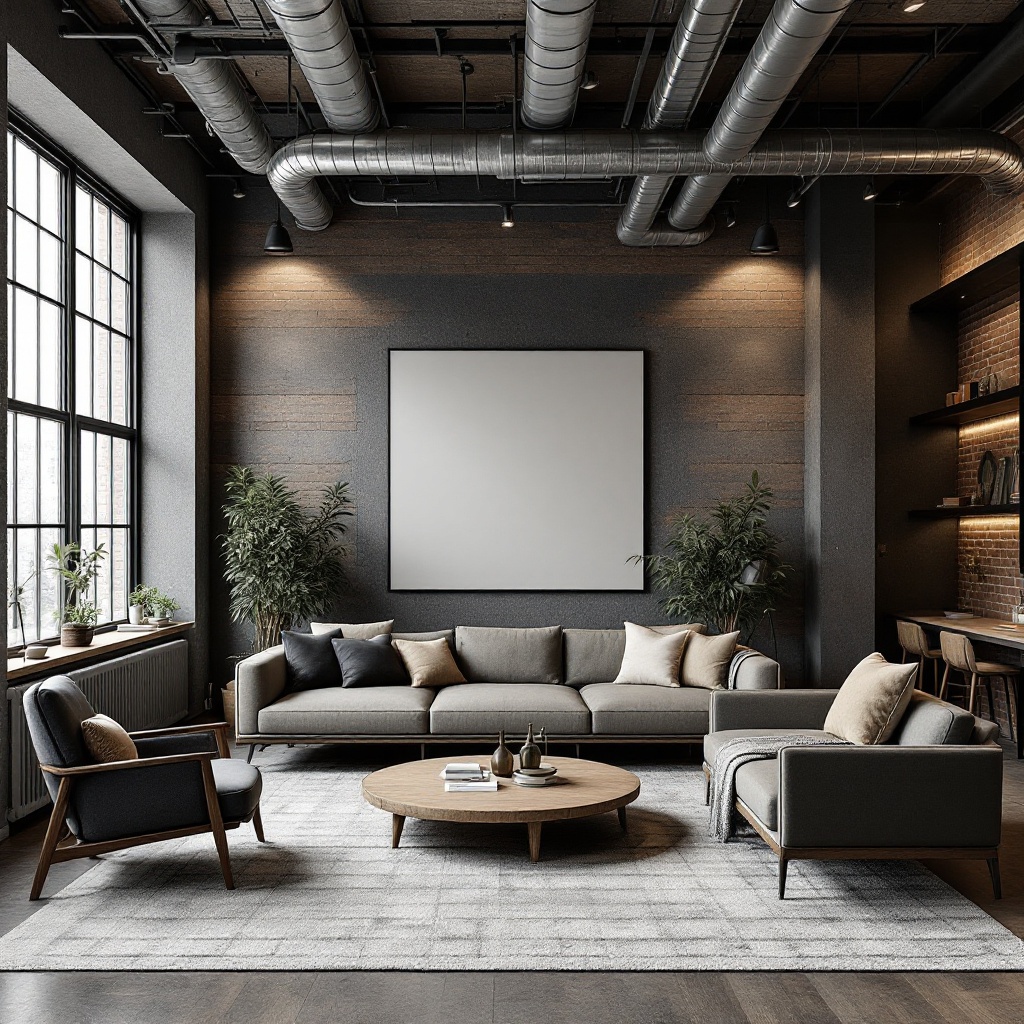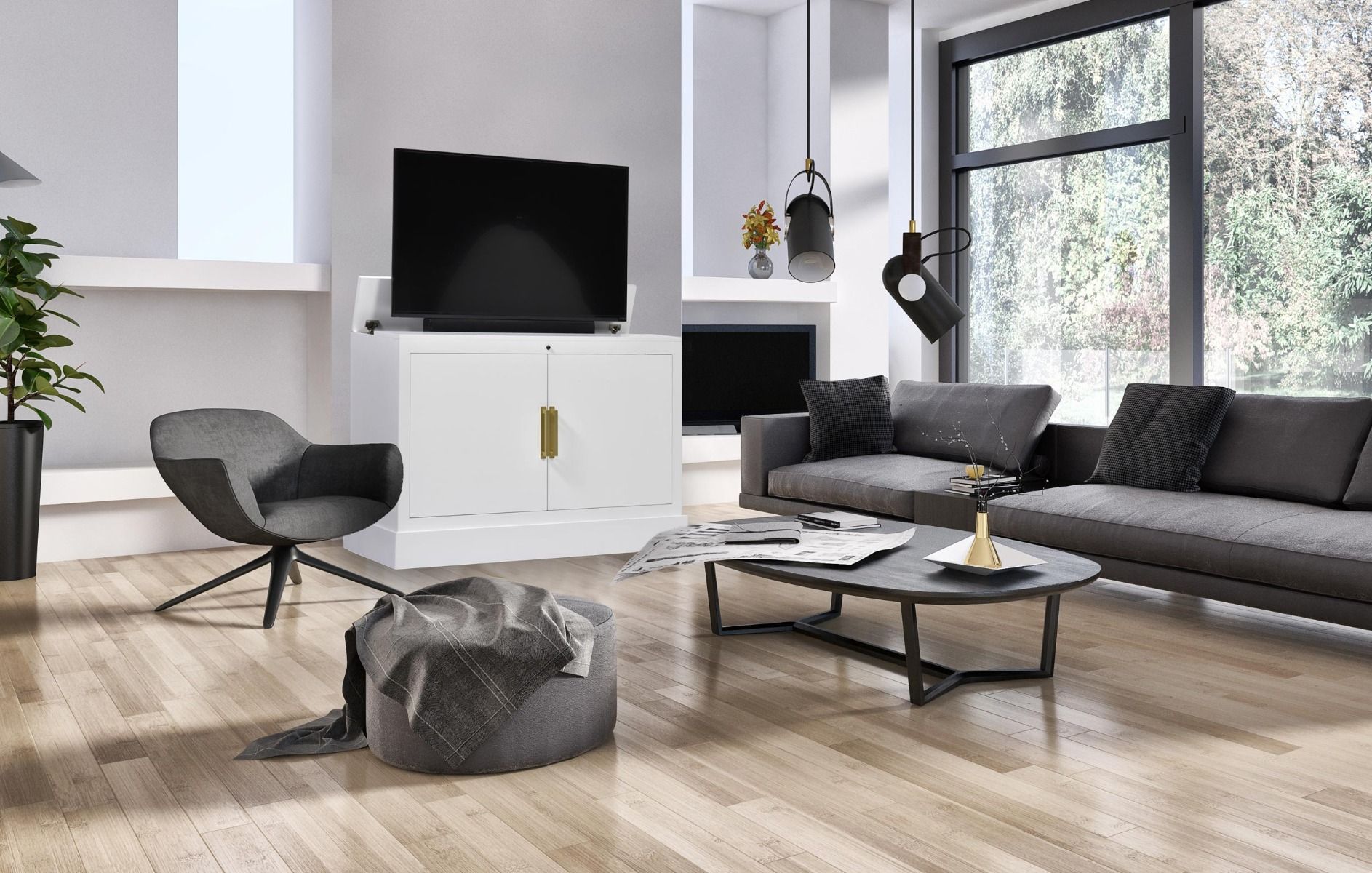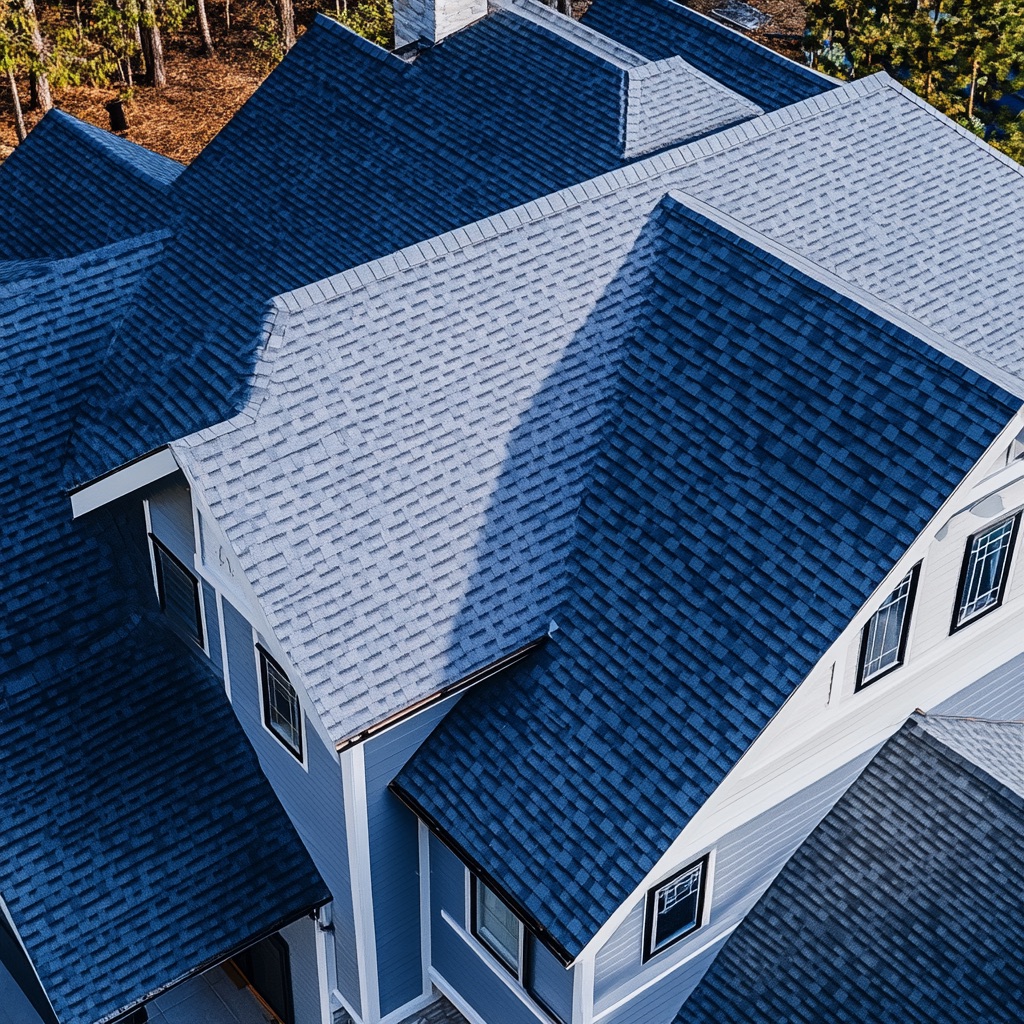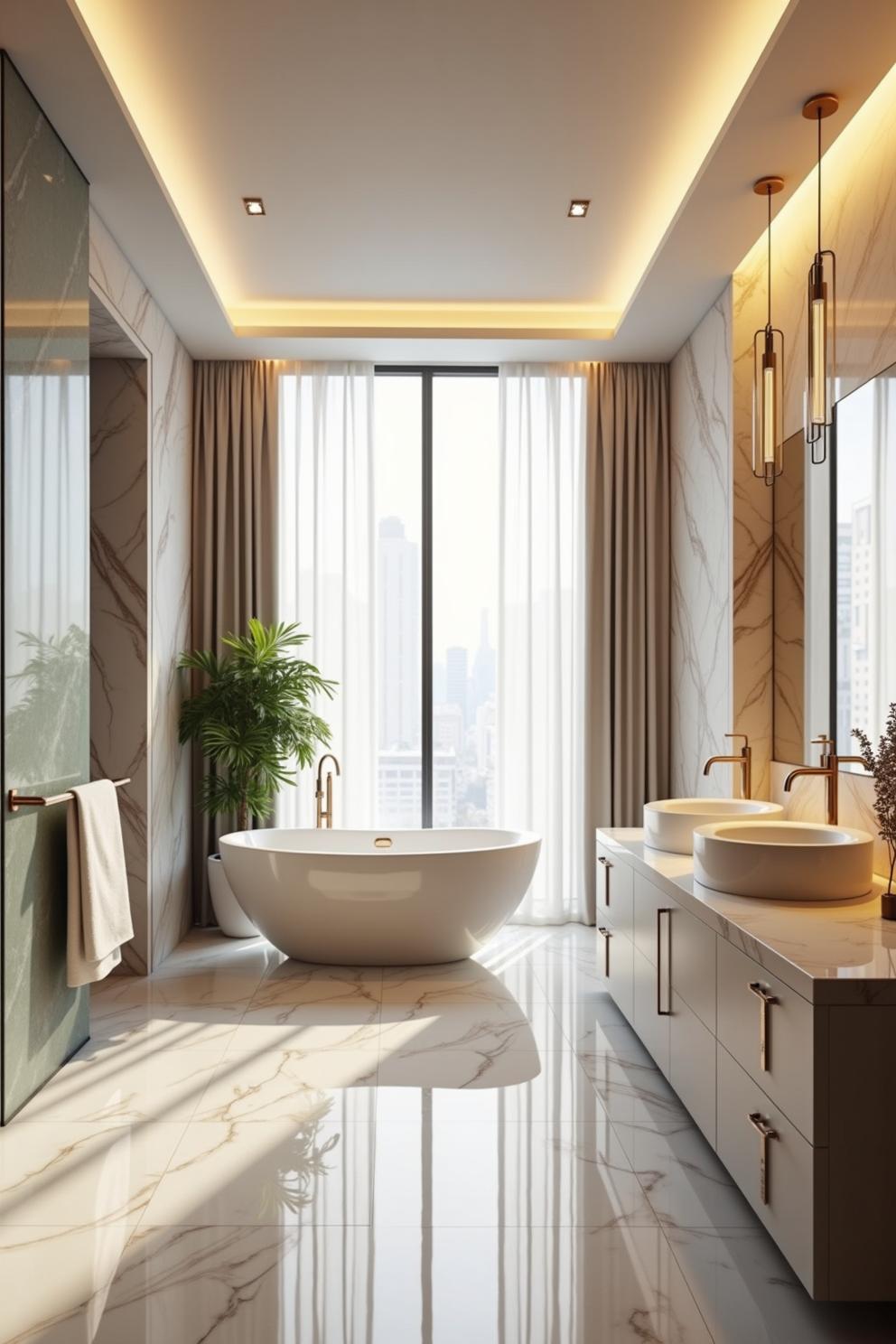Last updated on
Choosing the right type of wood flooring is essential to how well your home floor looks and how easy it will be to maintain in the long run. Here are five things to know. Read on!
Wood flooring is a widely used feature in houses and condominium buildings. This kind of flooring is aesthetically pleasing and provides good durability. Many people consider wood flooring like hardwood flooring, but many other types available have different characteristics and price points.
Two main types of hardwood flooring are hardwood and engineered wood (among other hardwood floor alternatives). Hardwood flooring is made of solid wood blocks that are traditionally combined to create a hardwood floor.
On the other hand, engineered wood is made of multiple layers of plywood, composite material, and topped with a layer of solid hardwood. Both flooring types seem very similar, but their differences make them more compatible with certain floor types.
For example, suppose a homeowner plans to upgrade flooring on each house level. After they calculate the square footage of each area, they have to choose what type of flooring they want to use.
Hardwood tends to expand as humidity increases, so it should be installed on the ground floor or above-grade floors to minimize the effect of humidity on the flooring.
On the other hand, engineered floors tend to expand less as humidity increases, so they may be an excellent substitute for hardwood floors in the basement and below-grade floors.
This example shows how different features of the same material can be used to an advantage of a homeowner.
A homeowner looking to change the flooring in their property should first understand what features each flooring possesses and find the best type for each room.
The following list describes different wood flooring features and how they can be used to an advantage of a homeowner.
Moisture Affects Wood

The moisture level is an essential factor to consider before getting wood flooring. Wood tends to absorb moisture and expand because of it.
Too much moisture may damage any wood flooring, whether hardwood or engineered wood.
On the other hand, due to the composition of engineered wood, moisture is more damaging to hardwood flooring than engineered wood flooring.
Because moisture affects hardwood more than engineered wood, many homeowners install hardwood flooring in rooms that are not expected to have moisture, such as living rooms, hallways, and bedrooms on the ground and above-grade floors.
Basements and below-grade floors usually have engineered flooring instead of hardwood flooring due to higher humidity levels than on the ground or above-grade floors.
Even though engineered wood is less susceptible to humidity, too much moisture may damage engineered wood just as easily as hardwood. Because wood is affected by moisture so much, neither floor type is suited for rooms such as bathrooms or kitchens.
There are specific options available to make a hardwood floor waterproof. Still, they usually require a specific augmentation of the surface that changes the look and texture of wood flooring, and it usually costs more.
Price Difference Between Wood Flooring Types
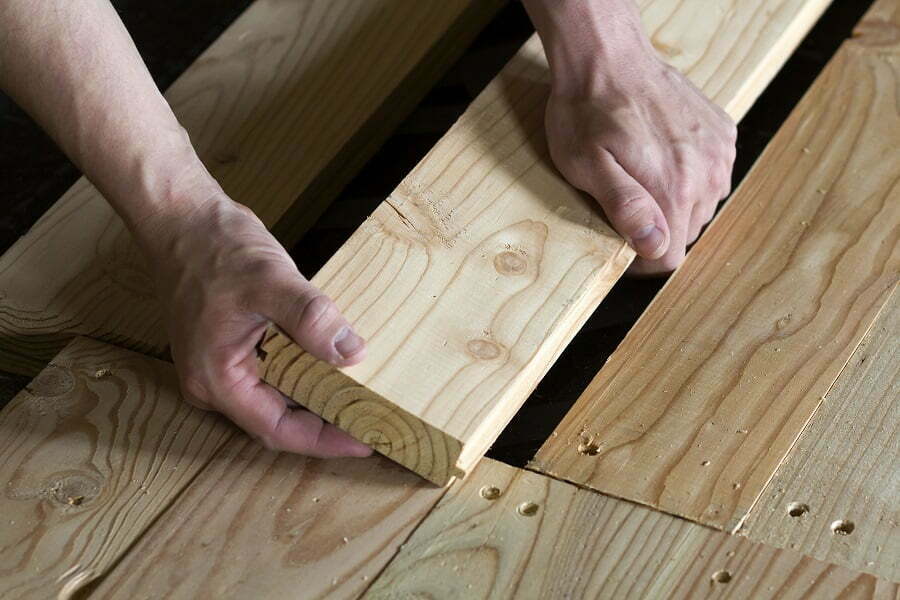
The price of wood flooring varies and largely depends on two factors: the type of wood used and the type of flooring used. There are many wood flooring types, but most can be categorized as hardwood or engineered wood.
Hardwood flooring tends to be more expensive than engineered wood to buy and install.
According to This Old House, an average hardwood flooring costs $6 to $18 per square foot. This price includes installation of $3 to $8 per square foot and materials of $3 to $10 per square foot.
Engineered wood is often cheaper than hardwood. An average engineered wood costs $6.40 per square foot. This price includes installation of $3.50 per square foot, cost of materials of $2.40 per square foot, and cost of underlayment of $0.50 per square foot.
Engineered wood is cheaper than hardwood, which may lead to significant savings if a lot of flooring needs to be covered.
Wood Floor Measurement
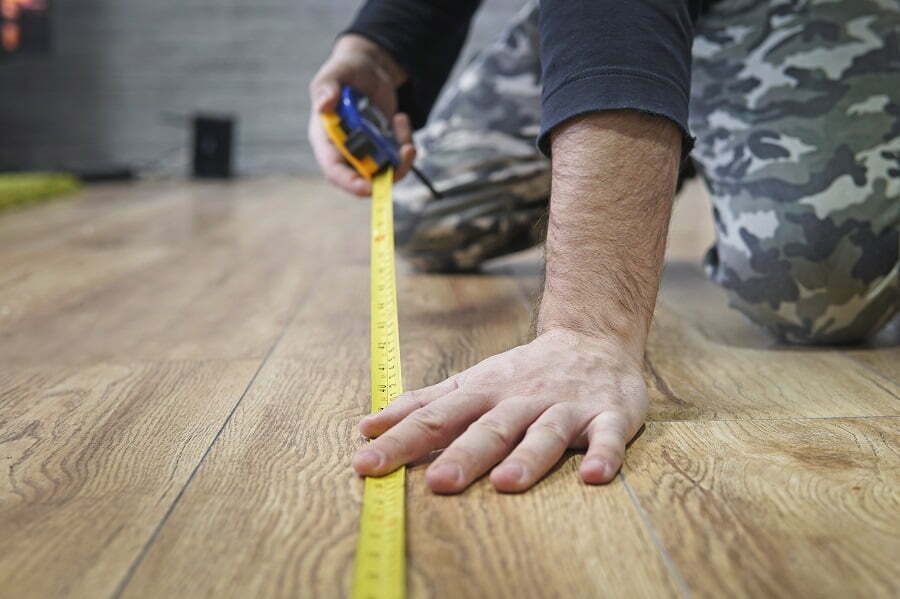
When a homeowner is planning out how much material they should buy for hardwood flooring, they should get around 10% more than they need. Some rooms may require cutting and fitting hardwood to the size of the room.
Sometimes, workers may make an error and waste some of the material. Mistakes happen, and the project may take longer to complete if no excess material is left. The best way to avoid delays due to a lack of materials is to buy around 10% more materials than needed to account for potential mistakes and waste.
Wood Floor Maintenance
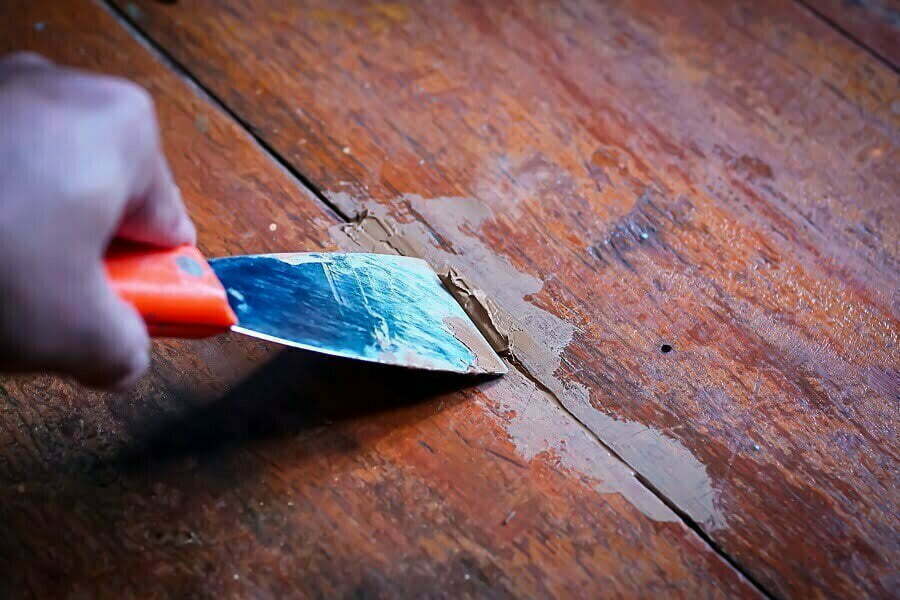
Wood floors may require different maintenance techniques depending on how it is finished. Caring for a wooden floor may lead to an extended lifetime of the floor.
As discussed above, wood absorbs moisture and expands, which may damage the flooring. This means that wood flooring requires attention and may have a longer lifespan if maintained correctly. It is best to talk to the person finishing the floor to learn about specific maintenance needs each flooring has.
If the flooring is finished before installation, then the company providing the flooring should be able to explain how to maintain the floor. If the flooring is finished after installation, the contractor finishing the floor may be able to help.
Additionally, many finishing solutions describe proper maintenance techniques on their packaging.
Wood Type Is Important
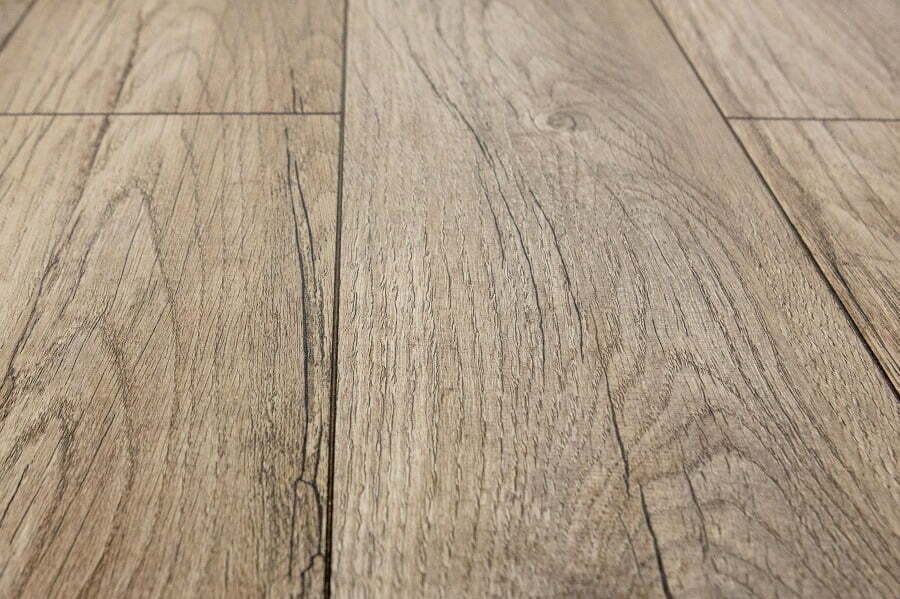
Depending on what wood type a homeowner chooses, it may not only affect the color of the floor but may also affect the durability and price of the flooring.
Oak is the most widely used wood flooring type in the US because of its features and relative abundance. It has an appealing natural pattern, and it stains very easily.
These aesthetic characteristics make it an excellent choice for flooring. Oak is strong and sturdy, which makes it a competitive option for wood flooring. It is abundant in North America, making it a relatively cheap alternative compared to other wood types.
Walnut is another popular choice for flooring purposes among homeowners. It is softer than oak, which may get damaged more easily than oak wood. Walnut wood is dark and warm, widely used in bedrooms for aesthetic purposes.
Other types of wood are often used, such as cherry, maple, hickory, etc. The choice of wood comes down to a personal preference and the budget available.
Recap

